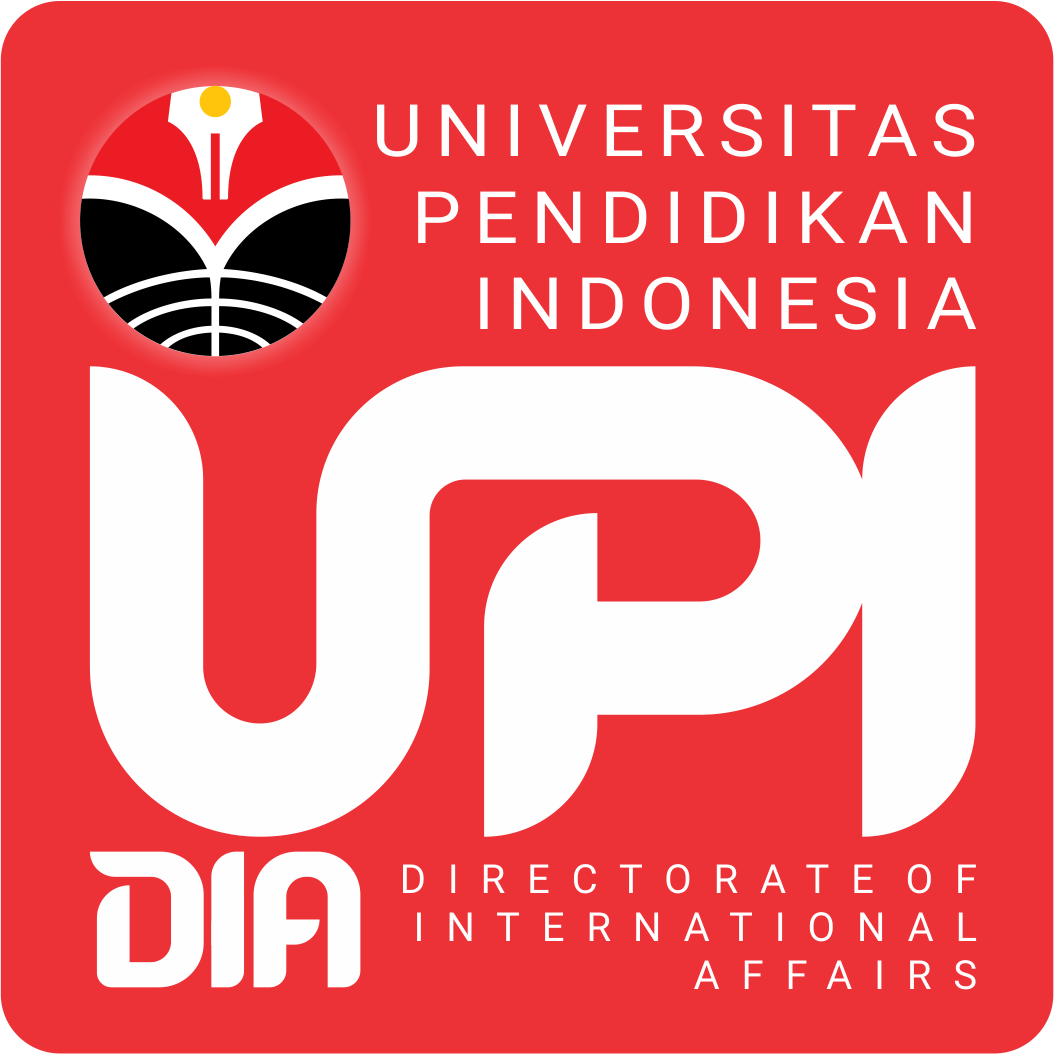

The National Research and Innovation Agency (BRIN) welcomed Assoc. Prof. Dr. Eng. Asep Bayu Dani Nandiyanto S.T. M.Eng., a chemistry lecturer from the Faculty of Mathematics and Natural Sciences Education at Indonesia University of Education (FPMIPA, UPI), as a visiting researcher along with a team of researchers consisting of Risti Ragadhita (Master’s in Chemistry), Meli Fiandini (Master’s in Chemistry Education), Siti Nur Hofifah (Bachelor’s in Biology Education), Intan Yustia (Bachelor’s in Chemistry), Brigitta S. Maharani (Bachelor’s in Chemistry), and Gabriella Chelvina S. G (Bachelor’s in Chemistry) as student interns on Thursday morning at the LIPI Bandung area (BRIN Bandung-Cisitu) on Jl. Sangkuriang, Dago, Coblong District, Bandung City (2/2/2023).
The Visiting Researcher program is one of the Talent Management programs of BRIN. This program is a capacity-building program for human resources based on researcher mobility through collaboration in research, development, assessment, and/or application of science and technology at BRIN, for professors or expert researchers from universities, research and development agencies, and/or industries, both domestic and international. The aim is to build a sustainable Indonesia through increasing the number of publications in highly reputable scientific journals, innovative products, and the establishment of national and international research cooperation. BRIN was established with the goal of improving the research and innovation ecosystem, with a focus on improving the quality of human resources and infrastructure.
Dr. Eng. Diana Rahayu Ningwulan, M.T, the head of the Environmental Monitoring and Risk Analysis Technology research group at BRIN, welcomed Assoc. Prof. Dr. Eng. Asep Bayu Dani Nandiyanto, M.T and his team to BRIN. “Welcome to BRIN, it is an honor to collaborate with Prof. Asep and his team,” she said. Diana Rahayu, the head of the research group, also believes that this collaboration can improve the competence of researcher human resources and the national research and innovation climate. The BRIN research team collaborating with the visiting researcher is part of the Environmental Research and Clean Technology Center (PRLTB), which is headed by Dr. Sasa Sofyan Munawar S.Hut., M.P.
During the meeting with the research team of Assoc. Prof. Dr. Eng. Asep Bayu Dani Nandiyanto, Dr. Eng. Diana Rahayu Ningwulan, M.T (head of the Environmental Monitoring and Risk Analysis Technology research group at BRIN), and Willy Cahya Nugraha, M.Sc., Ph.D., along with a team consisting of Hanny Meirinawati, M.Sc, and Elsy Rachimi Chaldun, M.T., they discussed the research design that will be carried out for the next 6 months starting from February 1, 2023, until July 31, 2023. This meeting is the initial series of activities in the visiting researcher and student internship program.
The Student Internship program carried out by these students is one of the science and technology services of BRIN-LIPI that can be used by the general public, especially students, to complete research-based final projects in the environmental unit of BRIN’s work unit, and the program is carried out for 6 months. The list of students participating in this program consists of Risti Ragadhita (Master’s in Chemistry), Meli Fiandini (Master’s in Chemistry Education), Intan Yustia (Bachelor’s in Chemistry), Brigitta S. Maharani (Bachelor’s in Chemistry), and Gabriella Chia (Master’s in Chemical Engineering) were the lead authors of the research paper. The study was conducted in collaboration with researchers from several other institutions.
The team’s findings have important implications for the development of new materials with advanced properties. The research could lead to the creation of more efficient solar cells, better batteries, and other innovative technologies.
“We’re excited about the potential of this research to open up new avenues for the design of materials with enhanced performance,” said Maharani. “Our findings could have a significant impact on the development of next-generation devices and technologies.”
The team’s research has already attracted attention from other researchers in the field. Many are eager to see how the new material will perform in real-world applications, and what other properties it might possess.
“We’re very encouraged by the results of this study,” said Chia. “There is still much work to be done, but we believe that this research has the potential to make a real difference in the development of new materials for a variety of applications.”
